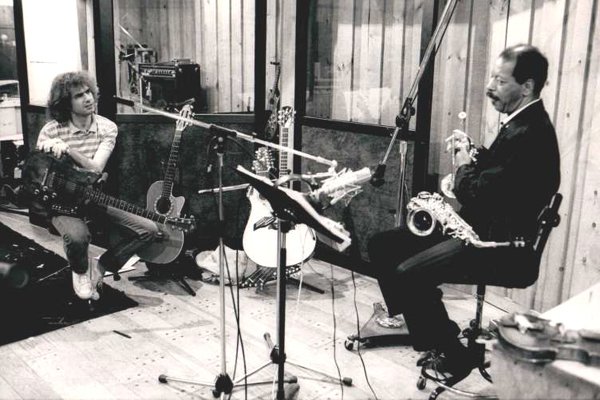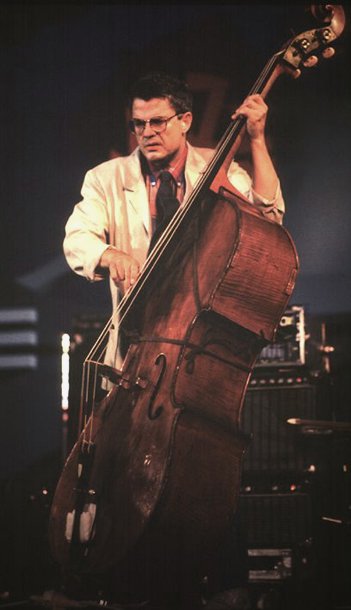Ornette Coleman (alto sax), Pat Metheny (guitar synthesizer), Charlie Haden (bass), Jack DeJohnette (drums) and Denardo Coleman (drums, percussion). From the album Song X (1986).
In the album Free Jazz: A Collective Improvisation, the eight musicians who participate in it improvise with complete freedom and without other norms than their ideas, their feelings and their interactions at that moment. For some this was the triumph of chaos and the end of jazz, but for others it was the culmination of abstract expressionism and the balance between individual and collective freedom. In free jazz, the only orientation for the musician is what the other members of the group play at the same creative moment.

While it’s true that the Civil Rights Movement was joined by protest music, free jazz was at the cultural forefront of those turbulent years and was a symbol in which many young African Americans were identified challenging the public and critics. Not only did it break with Western aesthetic canons, but also with the search for purity in the sound that distinguished cultured art from popular music. In this way the blacks became independent from white ruling class and returned to the African roots that had nourished jazz from its beginnings. The new sound was harsh, violent, visceral, aggressive and difficult to hear.

This theme is a delicious ballad performed by Coleman and Metheny in unison. It has a refined and sophisticated melody that invokes pleasant feelings. Then Coleman and Metheny play together showing their most lyrical aspect, and then the group re-expose the theme.
